This Wakizashi came from a WWII veteran who brought it back from the Philippine Islands after the war. It is mounted in it’s original Edo style mounts, fully matching with wave designs on the metal parts. The Kodzuka is in excellent condition displaying birds flying over ocean waves. The saya is a black lacquer with speckles in the paint. The blade is 21 inches long along the cutting edge and has an ubu unsigned nakago showing a dark aged patina. It is in old polish and has a nice suguha hamon showing a lot of activity. The Tsuka is currently unwrapped and will be restored soon. New pictures of the wrapped handle will be updated once it is completed. The tsuba is signed with some gold and silver inlay against mountains.
The tsuba;
Kaneie 金家
Yamashiro Kuni Fushimi ju
山城国伏見住
Made by Kaneie while living (ju) in the suburb, Fushimi (suburb of Kyoto) in Yamashiro province (Kuni), Ca: 1450-1600
There are a large number of tsuba with the Yamashiro Kuni Fushimi ju Kaneie signature. They are of varying quality and period. They seem to have been made in the same workshop, as the technique is mostly the same on the various examples, such as iron on iron inlay, and the gold and silver inlay of quality and ability. There are enough variations in the signatures, that there may be be several generations or school members at work.
The school is characterized by very low relief, thin metal and scanty inlay of copper and gold.

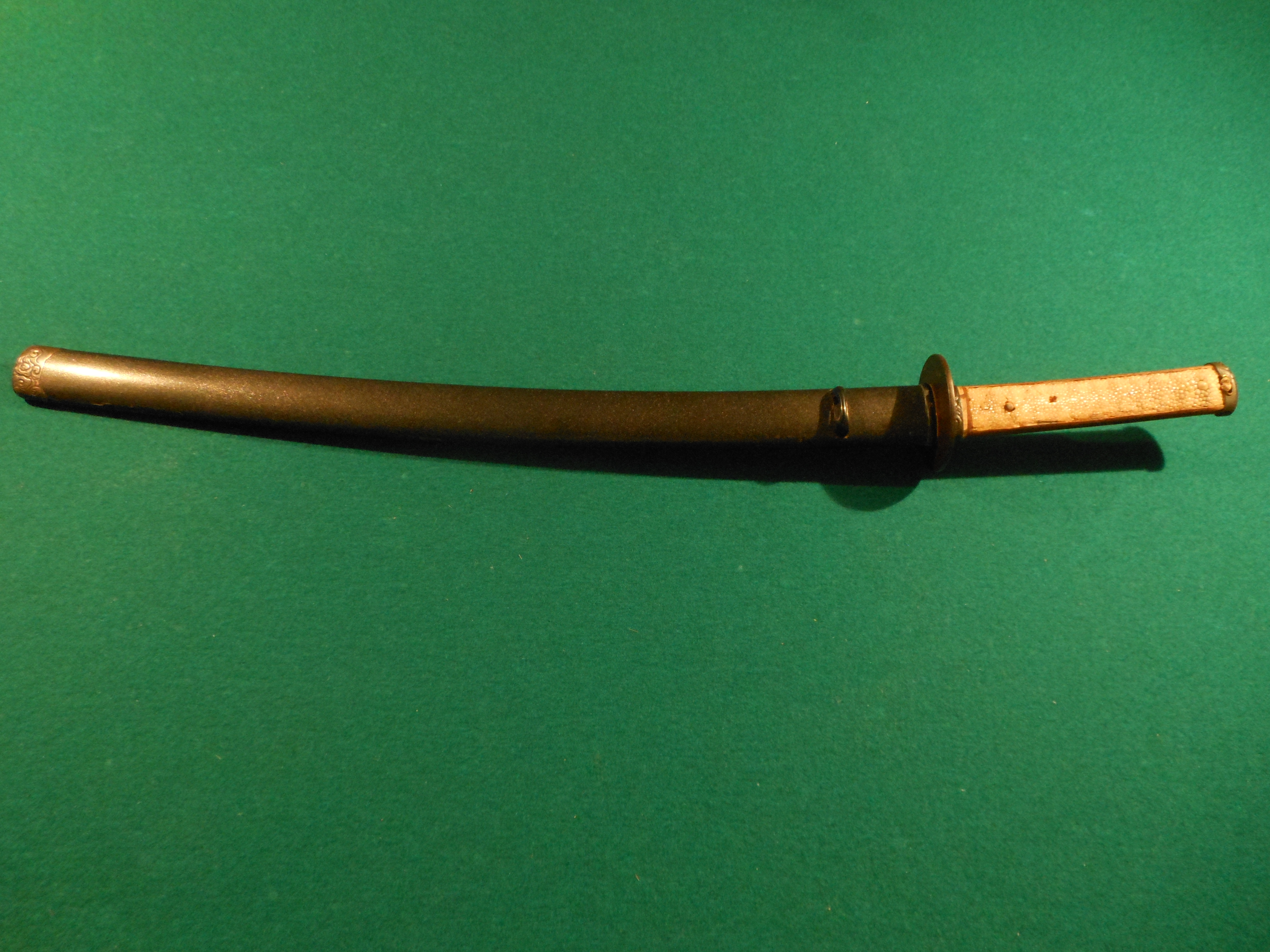
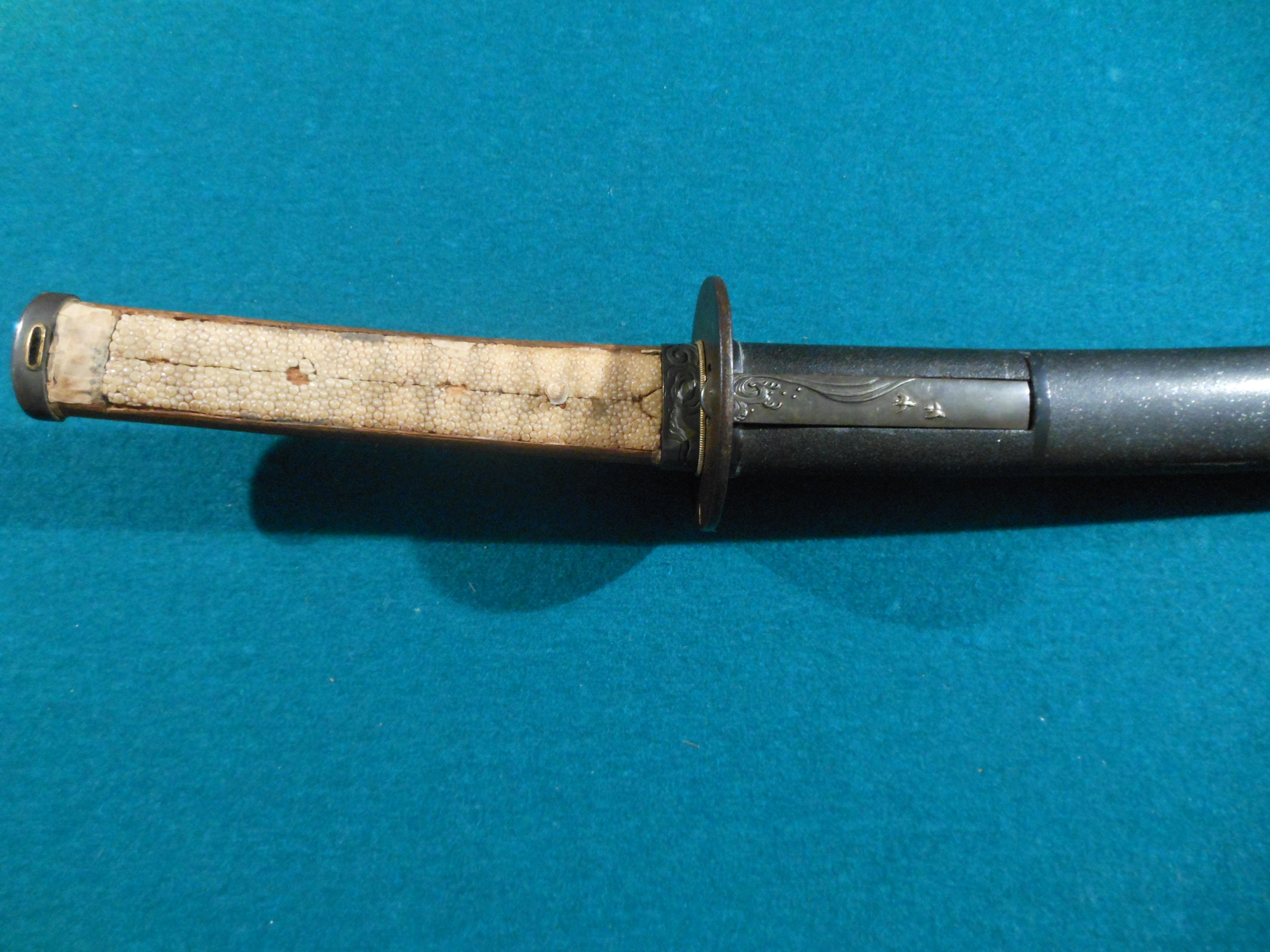
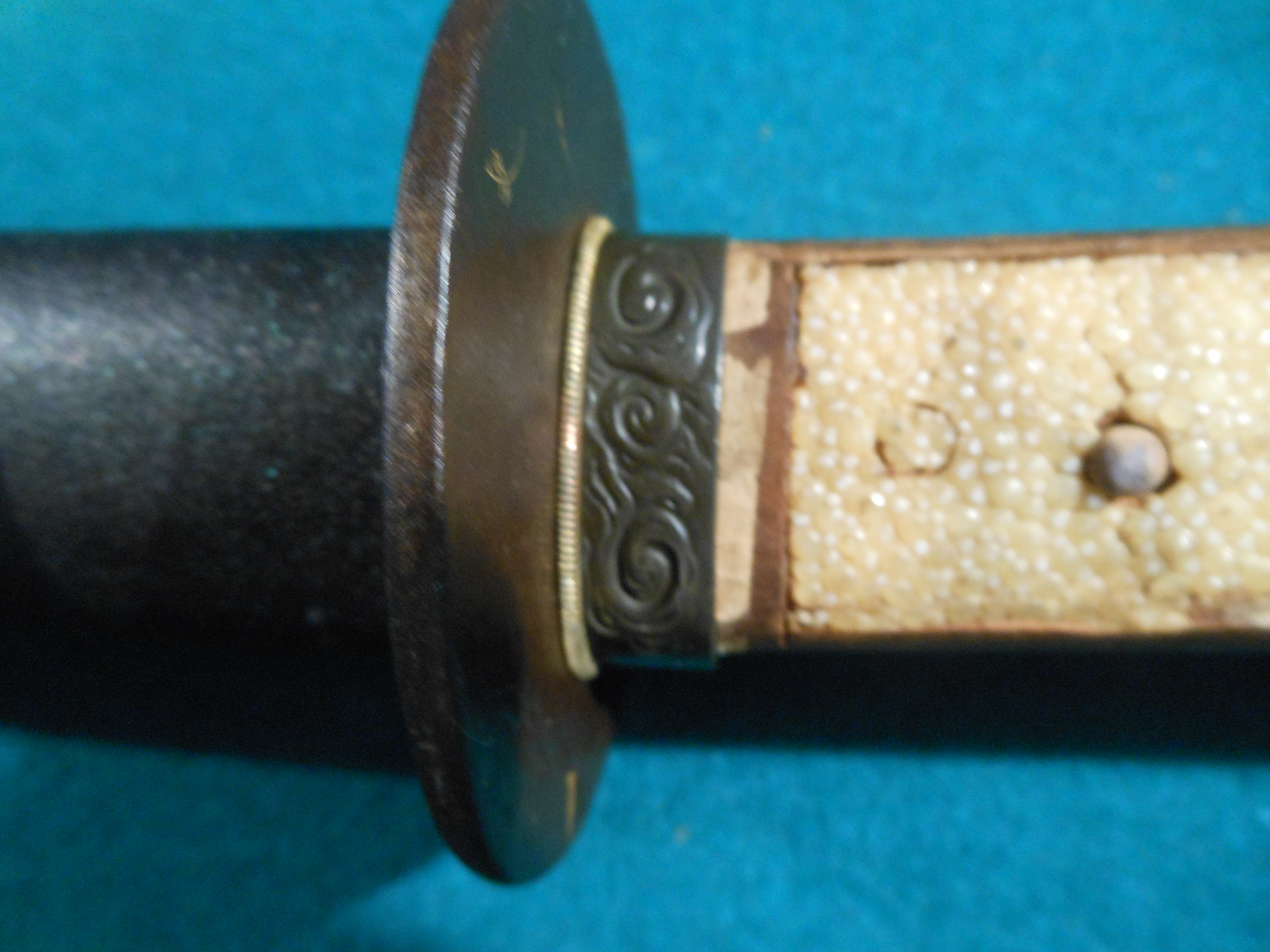
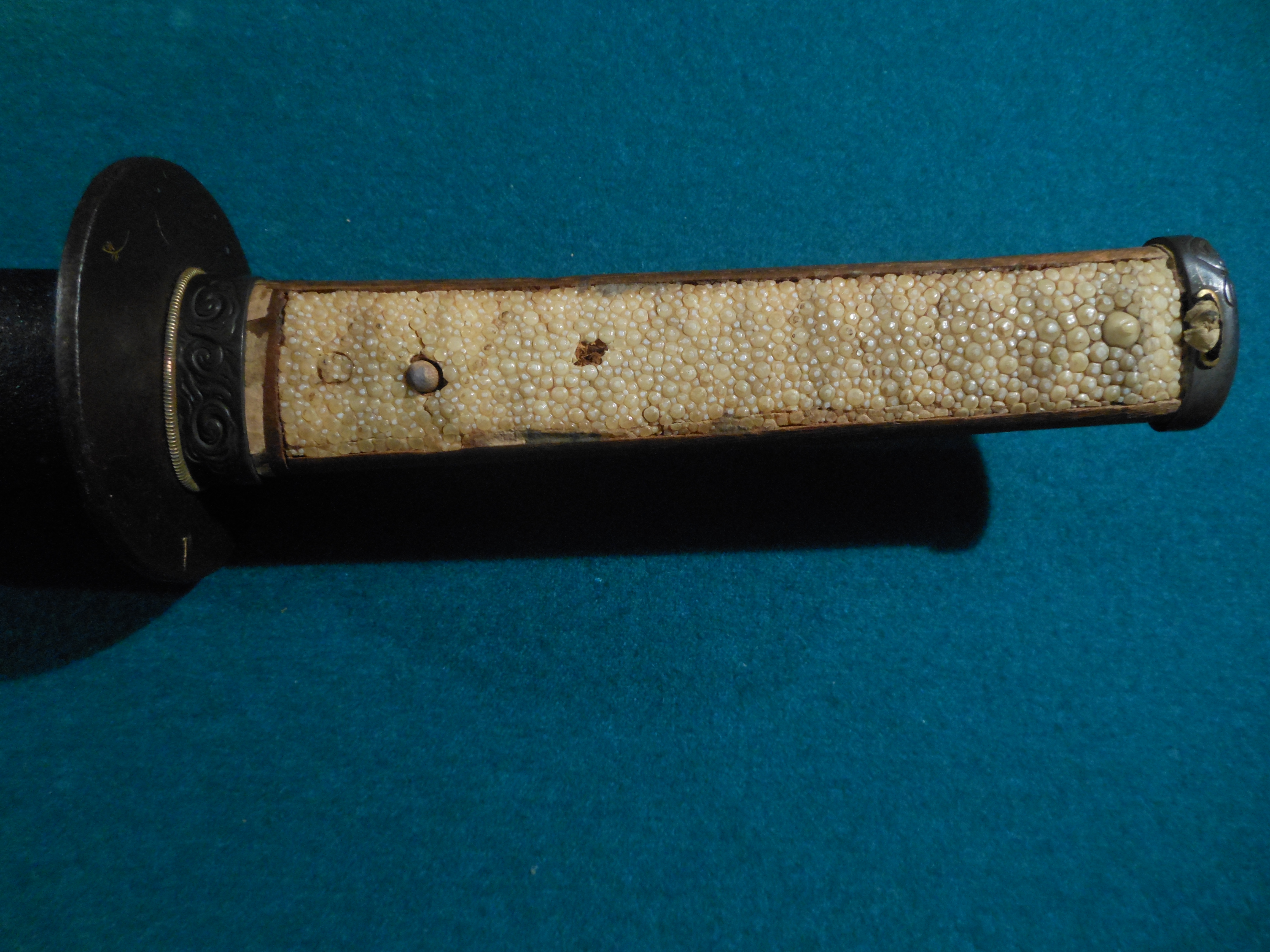
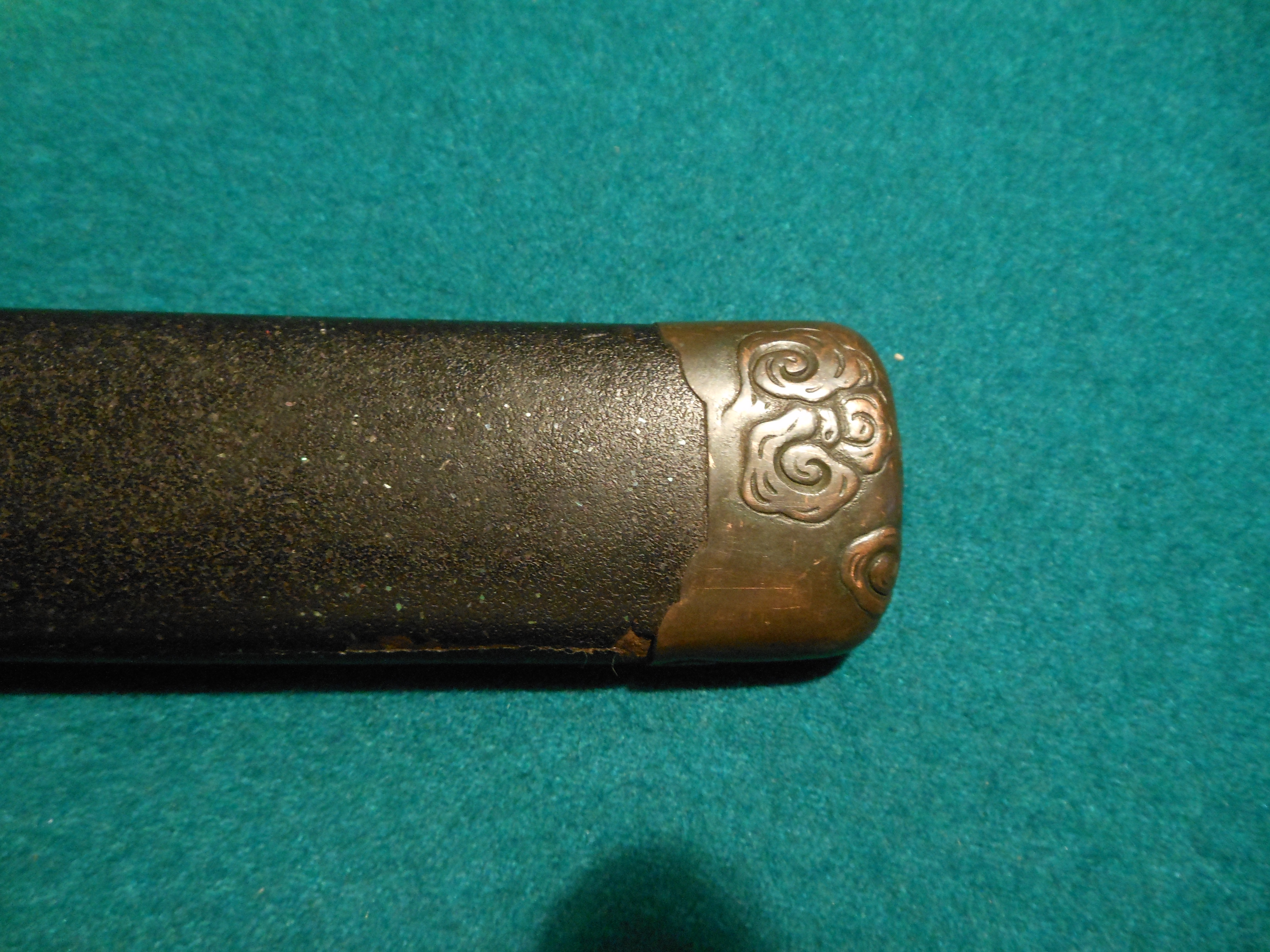
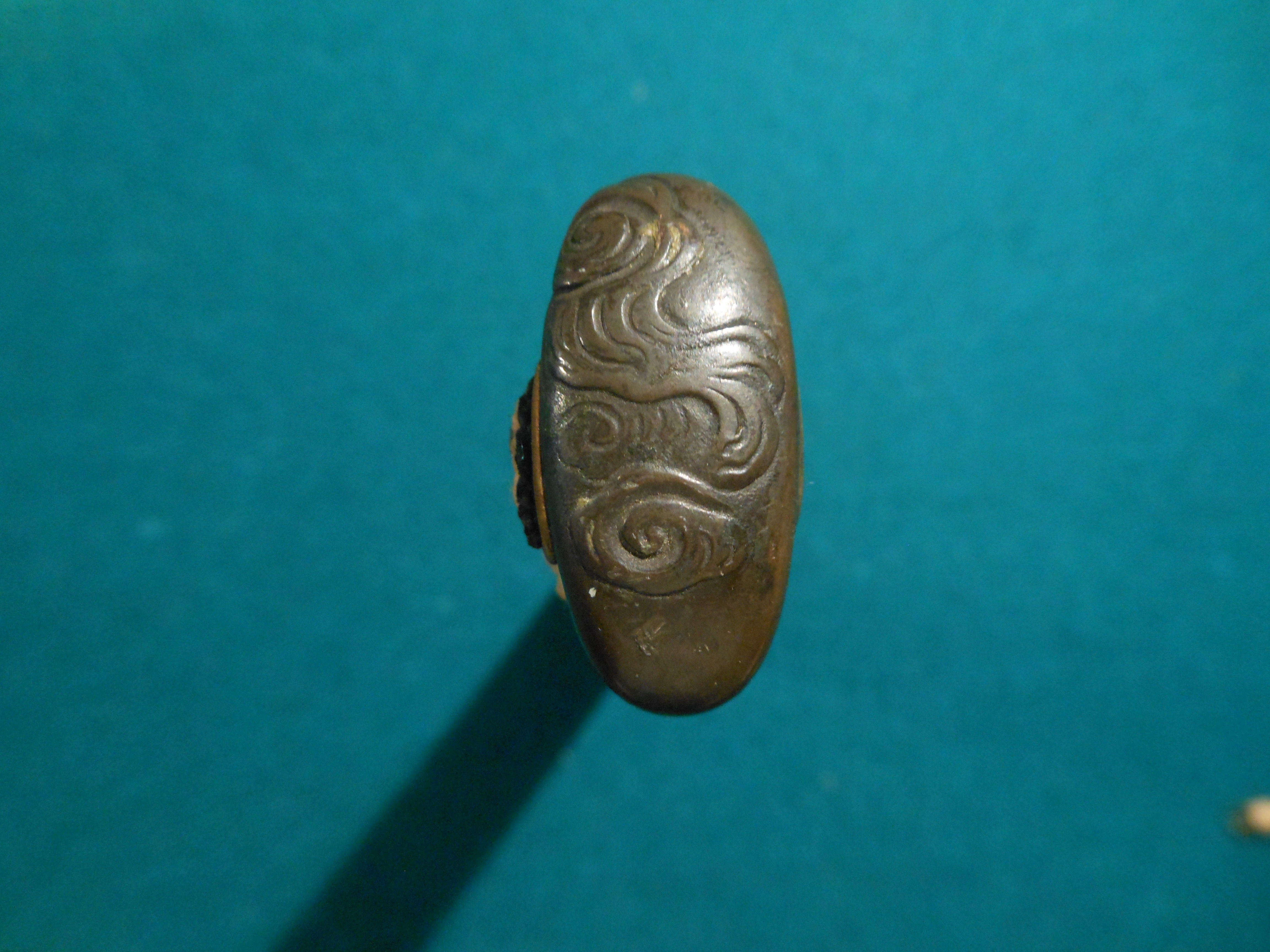



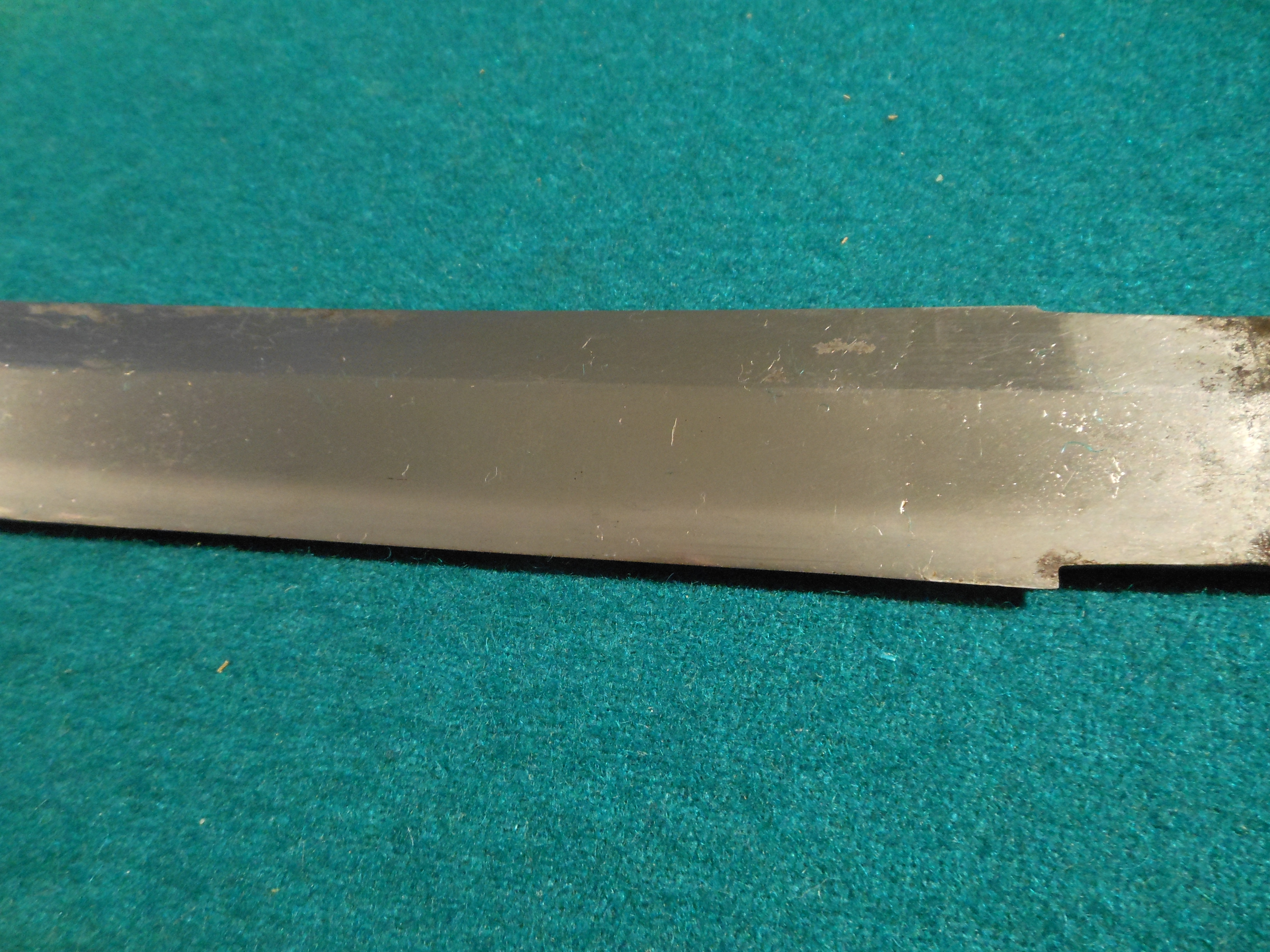
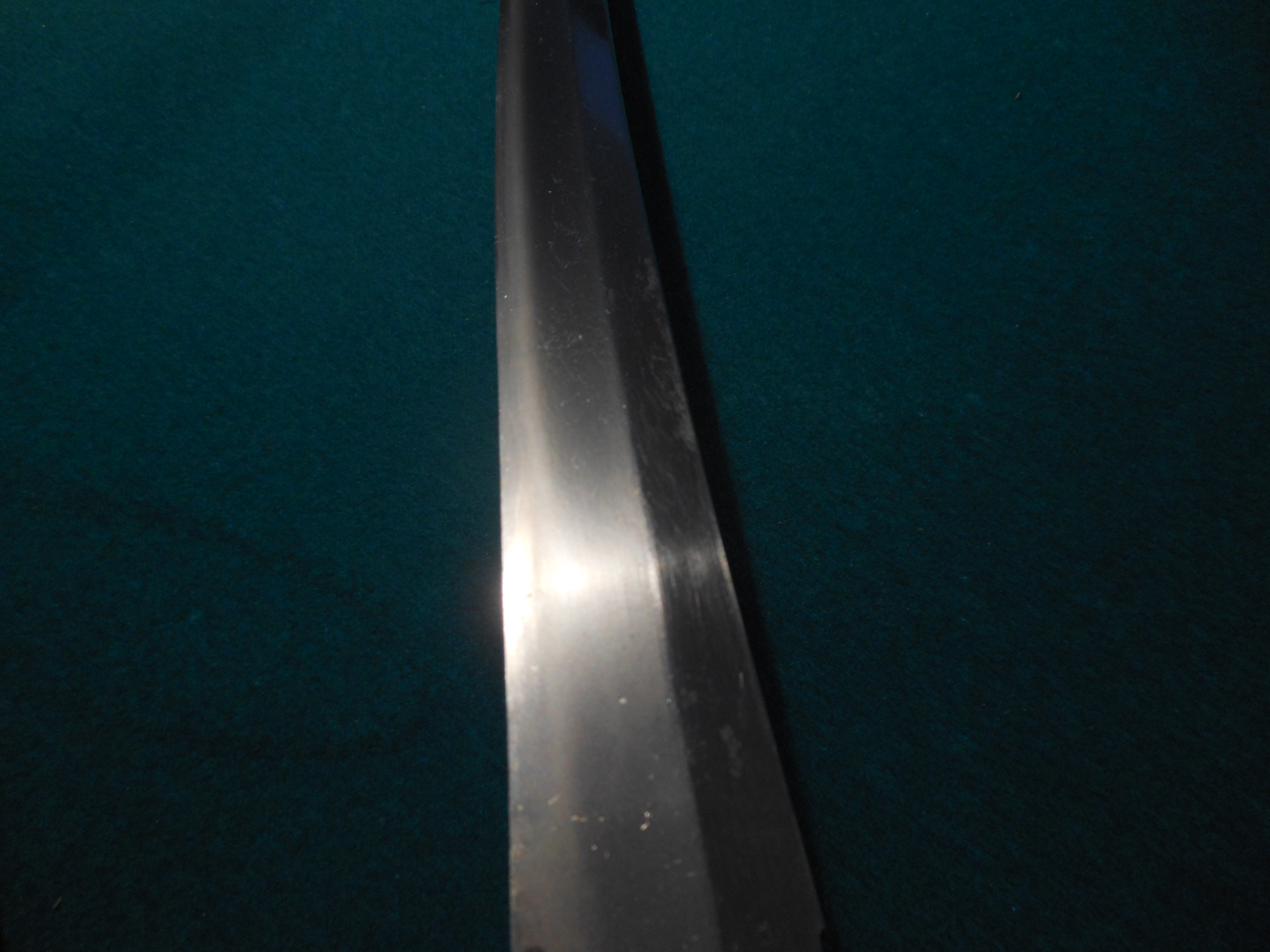

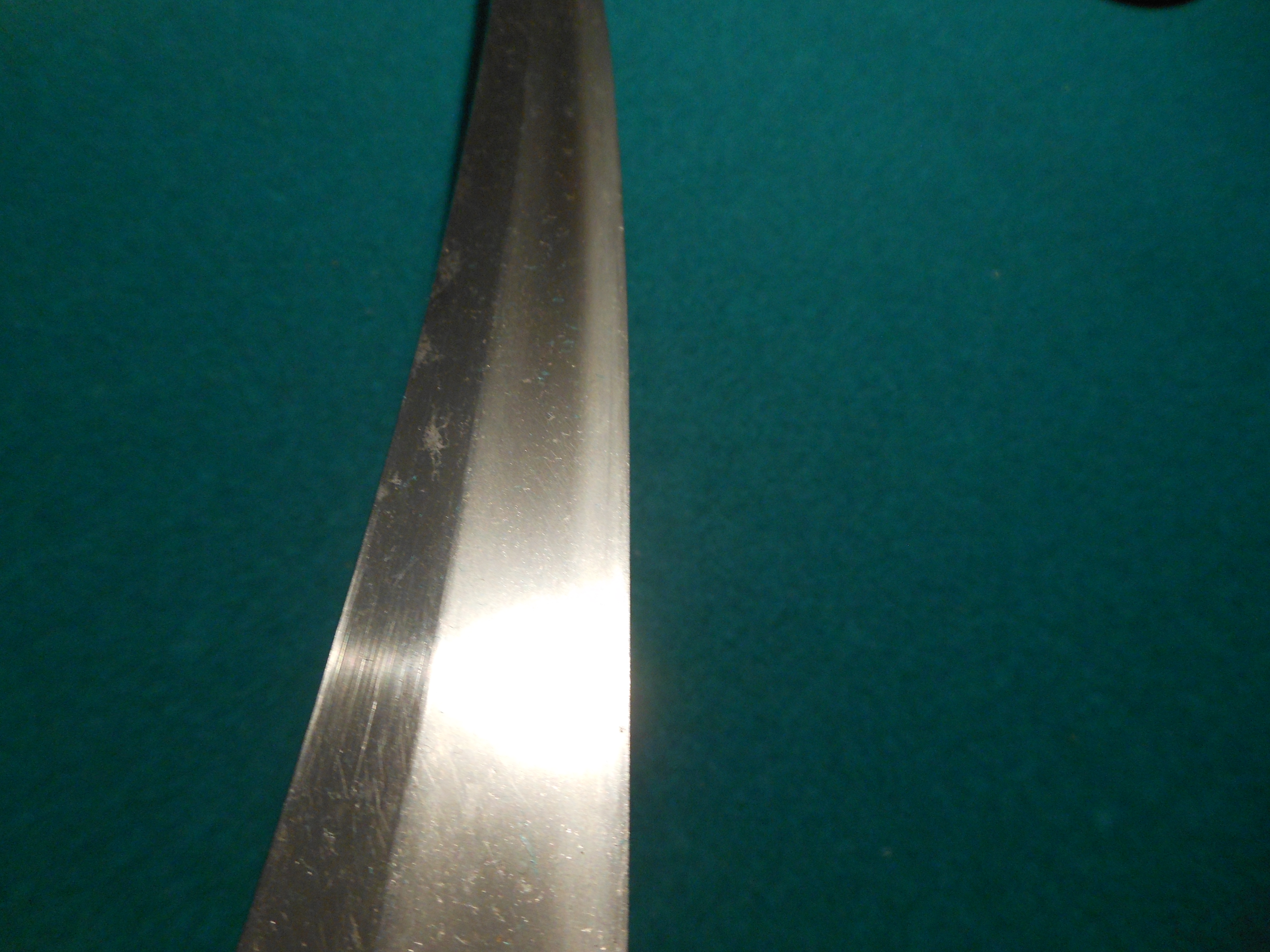

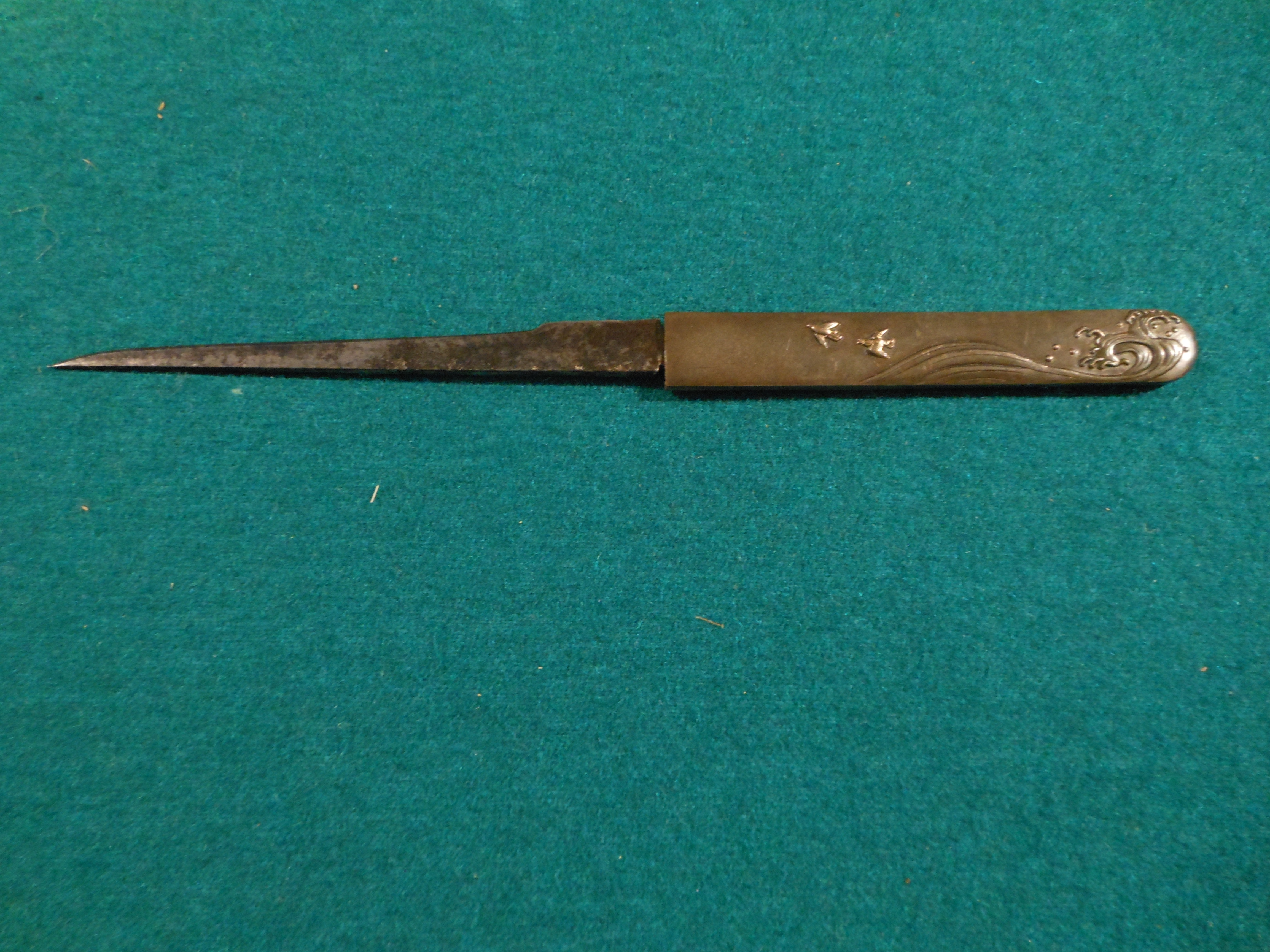

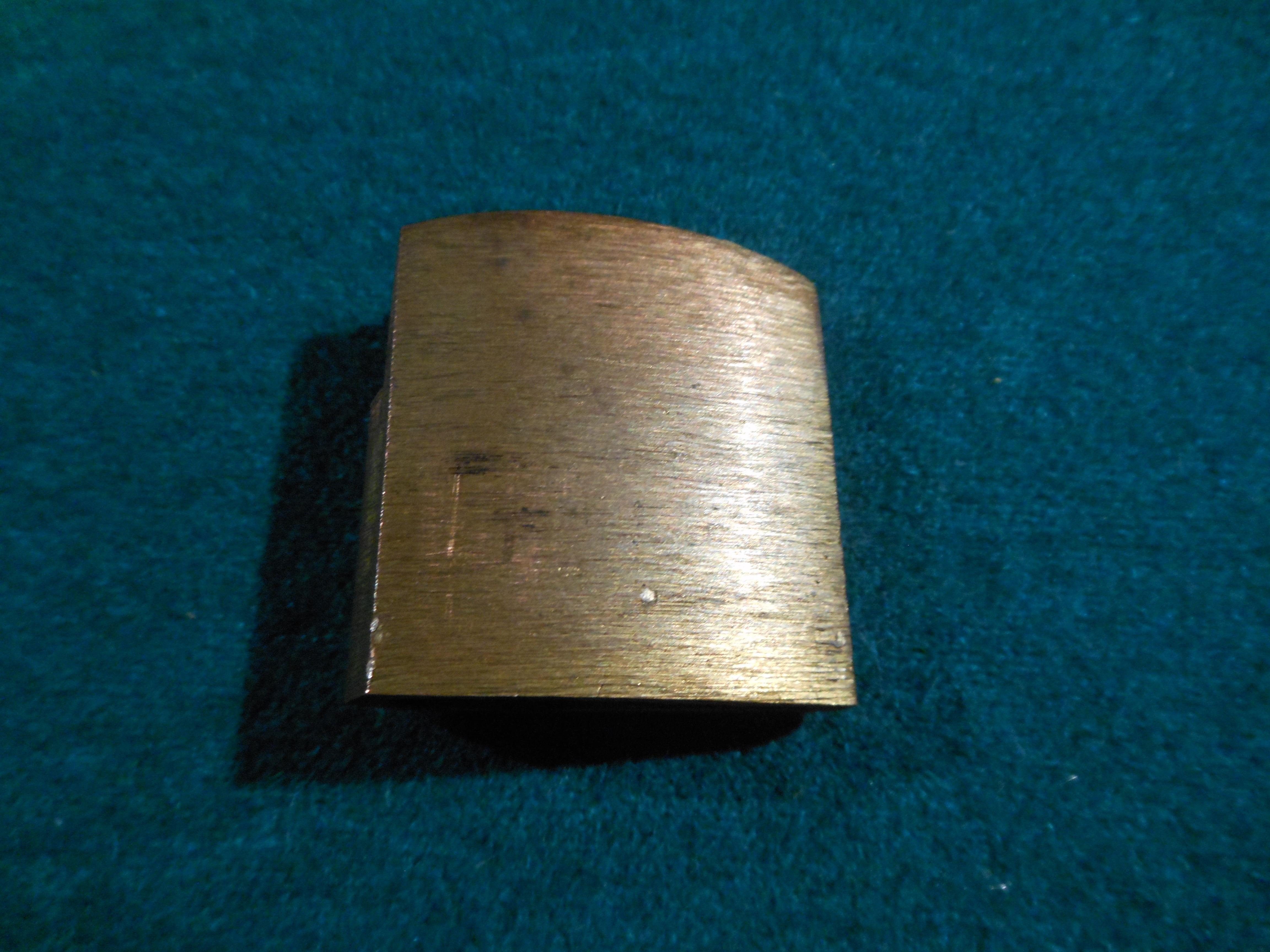
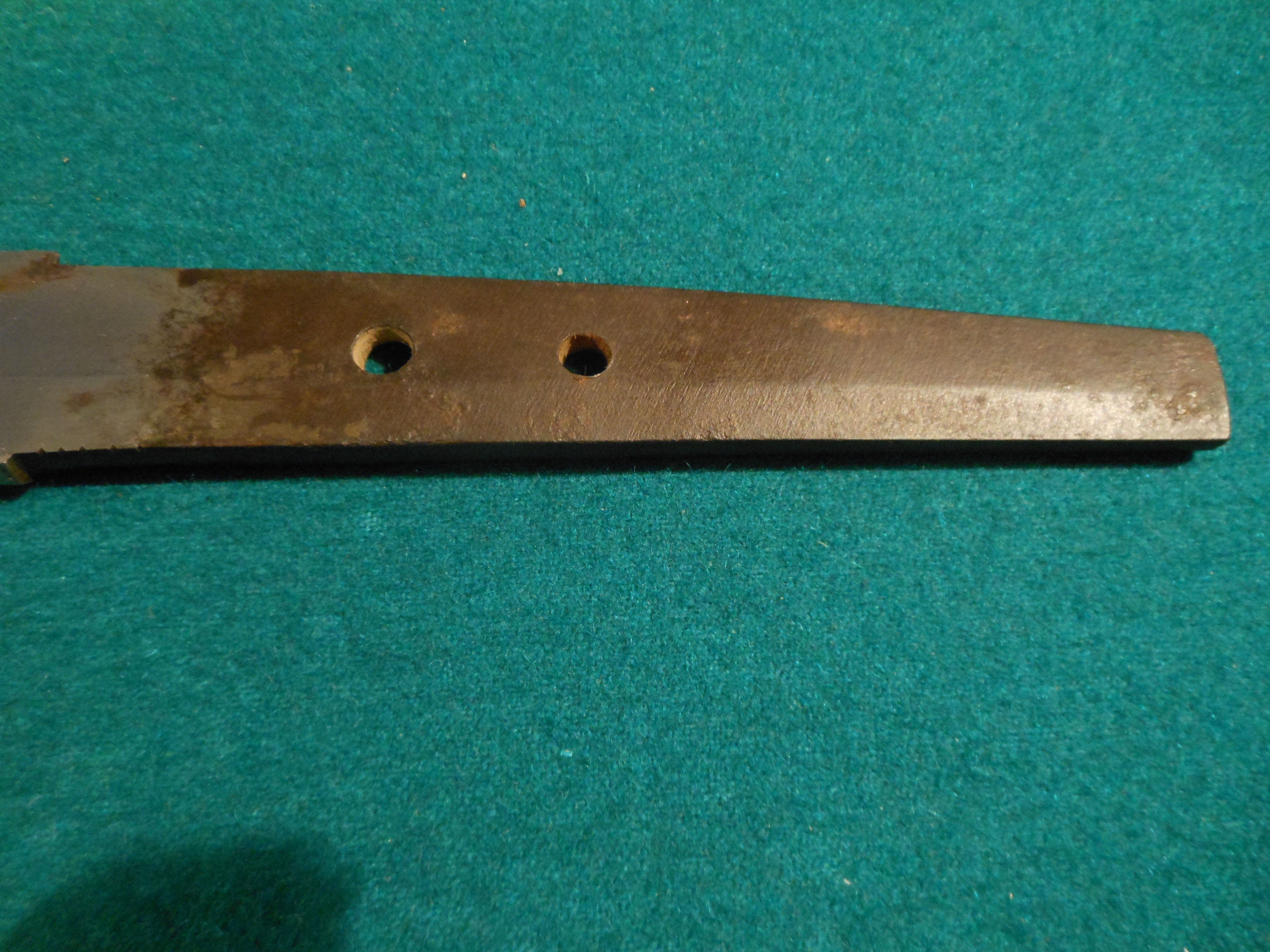
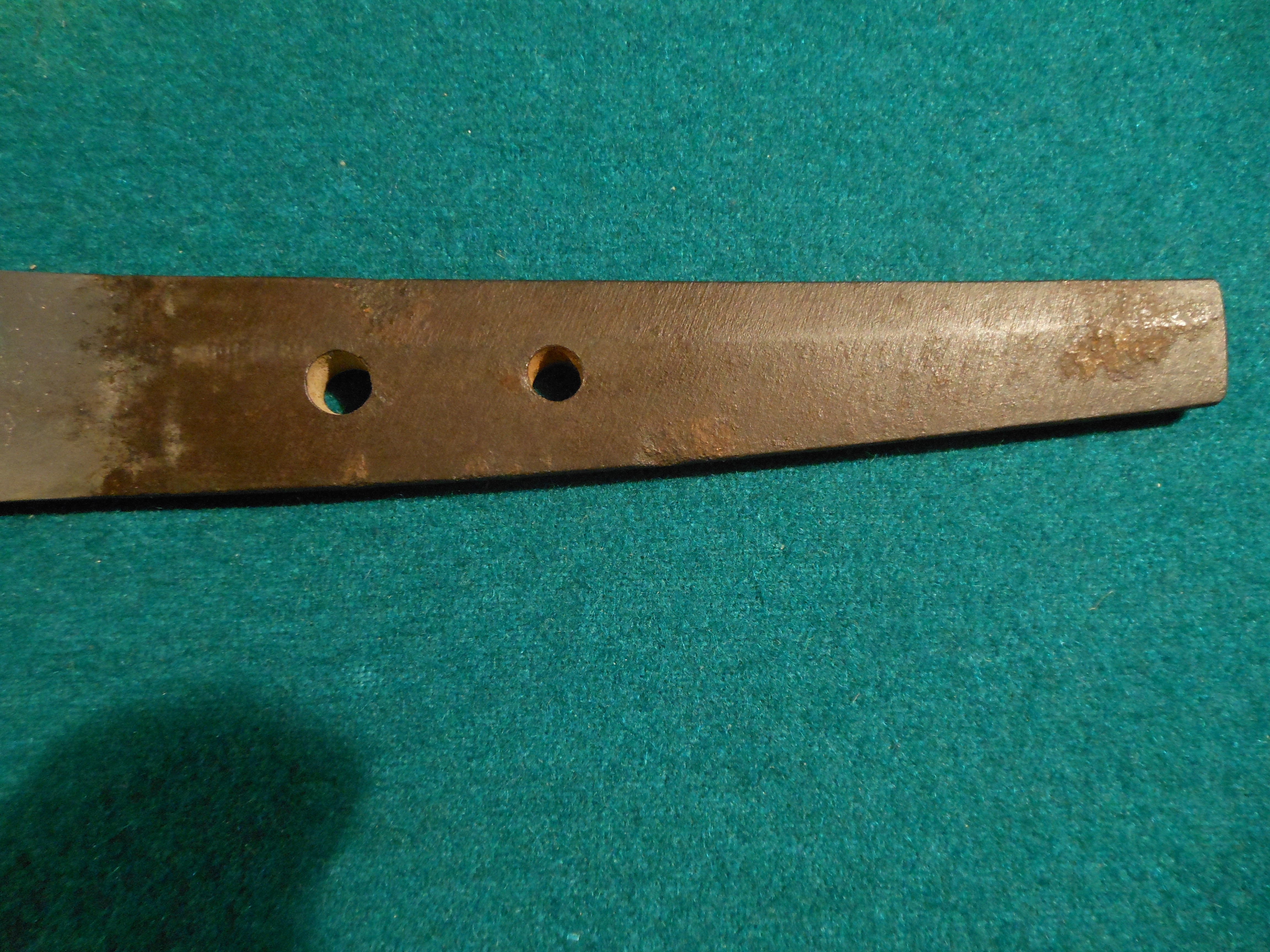


You must be logged in to post a comment.